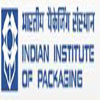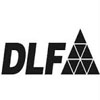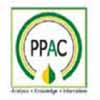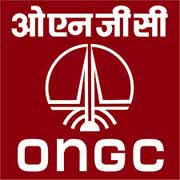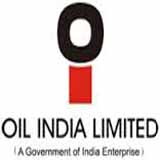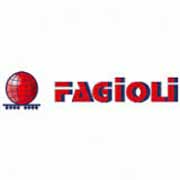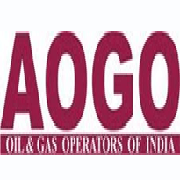-
After 3 years of trying, India to achieve 5% ethanol blending
After over three years of making 5% of ethanol blending with petrol mandatory, India is set to achieve this target for the first time during the current sugarcane crushing season, that is, by the end of September 2016. To achieve this target, the blenders, or oil marketing companies (OMCs), require 1335 million litres of ethanol every sugarcane crushing season (October-September). Since grains-based ethanol is not allowed to be produced in India, OMCs remained fully dependent for its procurement from sugar mills for which the green fuel is a by-product.
“The PM’s personal commitment to renewables and the petroleum ministry’s focus on solving price and implementation hurdles have made a huge difference on the ground. Ethanol in fact, became a key part of the solution for the crisis in the sugarcane sector,” said Narendra Murkumbi, MD, Shree Renuka Sugars Ltd, India’s largest producer of ethanol. The development is likely to transform the fortunes of sugar mills that have been under pressure for the past several years due to falling sugar prices. Until last year, lower price offer and slow pick-up to the contracted quantity of ethanol by OMCs deterred viability of its supply from sugar mills.
“OMCs have finalised contracts to procure ethanol to the tune of 1340 million litres for the current year which works out to exactly five percent blending requirement. For ethanol now there is an assured buyer at confirmed price. So, lots of sugar mills prefer to supply ethanol to OMCs rather than to industrial or potable alcohol users,” said Abinash Verma, Director General, Indian Sugar Mills Association (ISMA).
In November 2012, the Cabinet Committee on Economic Affairs (CCEA) approved five percent mandatory blending of ethanol with petrol which was notified by the Centre under the Motor Spirits Act on January 2, 2013. According to the Act, OMCs have to record five percent ethanol content in petrol by June 30, 2013. However, considering weak supply orders on un-remunerative price offer, OMCs managed to achieve to a maximum 3.5 per cent so far.
While sugar mills blamed lower price for inadequate supply offer of ethanol, OMCs accused falling crude oil price for the low price quotes as blending of ethanol could be a loss making proposition. As against a maximum price fixed for ethanol supply at Rs 43 till the contracts finalised till December 2014, the government in January 2015 raised its prices to Rs 48.5 – 49.5 a litre depending upon the proximity of the delivery station from the distillery units.
Interestingly, OMCs had floated tenders for the requirement of 2660 million litres equivalent to 10 per cent of blending target. But, the target of 10 per cent ethanol blending with petrol looks unachievable in near future. Sanjay Tapriya, CFO, Simbhaoli Sugars Ltd said, “attractive price and assured pick up is also helping to achieve 5 per cent blinding target.” The demand of rectified spirit (a pre-from of ethanol) has shifted from domestic sugar mills to overseas markets including the United States and Brazil as its landed cost on Indian ports works out to nearly 25 per cent cheaper. As against the price quote of Rs 40-42 a litre from domestic sugar mills, the imported alcohol for industrial consumption costs Rs 30 a litre now.
“As a consequence, around 700 million litres of demand for industrial application has moved to overseas markets. Indian chemical industry has imported an estimated 200-210 million litres so far this crushing season,” said Rakesh Bharatia, Chief Executive Officer, India Glycols Ltd. Meanwhile, OMCs have floated tenders for ethanol procurement of 2660 million litres, equivalent to 10 per cent of blending target which seems achievable gradually in five years. But, sugar mills are required to invest immensely in expansion in the distillation and storage facilities.
According to Deepak Desai, Principal Consultant of ethanolindia.com, new investment has started coming in into expansion in distillation capacity or storage facilities. Through B-heavy molasses, supply of ethanol can be increased to 5300 million litres gradually in the next few years from the existing 2800-3000 million litres now to meet demand from all the three segments including potable alcohol, fuel ethanol and industrial alcohol.
Share This






























